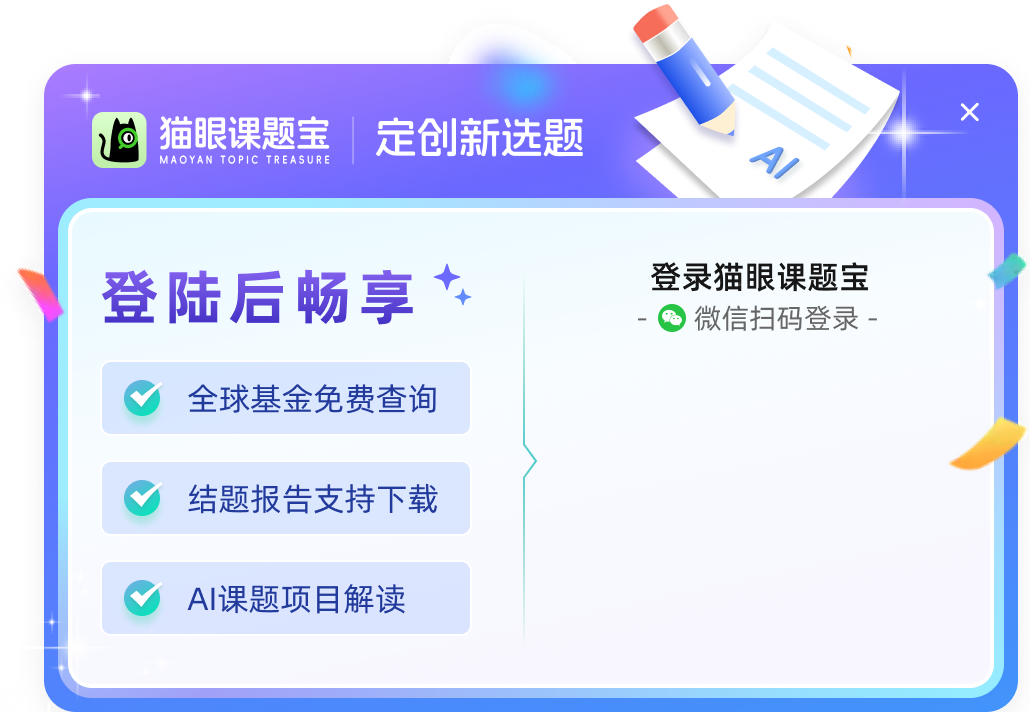小型声学空间听觉定位的关键因素及其应用
项目介绍
AI项目解读
基本信息
- 批准号:
- 项目类别:面上项目
- 资助金额:60万
- 负责人:
- 依托单位:
- 学科分类:
- 结题年份:
- 批准年份:2020
- 项目状态:未结题
- 起止时间:2020至
- 项目参与者:余光正;
- 关键词:
项目摘要
结项摘要
项目成果
期刊论文数量(0)
专著数量(0)
科研奖励数量(0)
会议论文数量(0)
专利数量(0)
数据更新时间:{{ journalArticles.updateTime }}
{{
item.title }}
{{ item.translation_title }}
- DOI:{{ item.doi || "--"}}
- 发表时间:{{ item.publish_year || "--" }}
- 期刊:{{ item.journal_name }}
- 影响因子:{{ item.factor || "--"}}
- 作者:{{ item.authors }}
- 通讯作者:{{ item.author }}
数据更新时间:{{ journalArticles.updateTime }}
{{ item.title }}
- 作者:{{ item.authors }}
数据更新时间:{{ monograph.updateTime }}
{{ item.title }}
- 作者:{{ item.authors }}
数据更新时间:{{ sciAawards.updateTime }}
{{ item.title }}
- 作者:{{ item.authors }}
数据更新时间:{{ conferencePapers.updateTime }}
{{ item.title }}
- 作者:{{ item.authors }}
数据更新时间:{{ patent.updateTime }}
其他文献
基于COMSOL的直通穿孔消声器有限元模拟
- DOI:--
- 发表时间:2018
- 期刊:声学技术
- 影响因子:--
- 作者:梁林达;余光正
- 通讯作者:余光正
吸收边界条件下雪人模型近场头相关传输函数
- DOI:--
- 发表时间:--
- 期刊:电声技术
- 影响因子:--
- 作者:谢菠荪;余光正
- 通讯作者:余光正
KEMAR人工头近场头相关传输函数的空间方位角分辨率
- DOI:--
- 发表时间:--
- 期刊:声学技术
- 影响因子:--
- 作者:余光正;钟小丽;谢菠荪
- 通讯作者:谢菠荪
新能源接入背景下的电力系统谐波概率潮流计算方法
- DOI:--
- 发表时间:2015
- 期刊:电器与能效管理技术
- 影响因子:--
- 作者:余光正;林涛;徐遐龄
- 通讯作者:徐遐龄
人工头近场头相关传输函数及其特性
- DOI:--
- 发表时间:2012
- 期刊:声学学报(中文版)
- 影响因子:--
- 作者:余光正;谢菠荪;饶丹
- 通讯作者:饶丹
其他文献
{{
item.title }}
{{ item.translation_title }}
- DOI:{{ item.doi || "--" }}
- 发表时间:{{ item.publish_year || "--"}}
- 期刊:{{ item.journal_name }}
- 影响因子:{{ item.factor || "--" }}
- 作者:{{ item.authors }}
- 通讯作者:{{ item.author }}

内容获取失败,请点击重试

查看分析示例
此项目为未结题,我已根据课题信息分析并撰写以下内容,帮您拓宽课题思路:
AI项目摘要
AI项目思路
AI技术路线图

请为本次AI项目解读的内容对您的实用性打分
非常不实用
非常实用
1
2
3
4
5
6
7
8
9
10
您认为此功能如何分析更能满足您的需求,请填写您的反馈:
余光正的其他基金
听觉距离定位因素及其在空间声重放中的应用
- 批准号:11574090
- 批准年份:2015
- 资助金额:73.0 万元
- 项目类别:面上项目
个性化近场头相关传输函数的测量与快速定制
- 批准号:11104082
- 批准年份:2011
- 资助金额:25.0 万元
- 项目类别:青年科学基金项目
相似国自然基金
{{ item.name }}
- 批准号:{{ item.ratify_no }}
- 批准年份:{{ item.approval_year }}
- 资助金额:{{ item.support_num }}
- 项目类别:{{ item.project_type }}
相似海外基金
{{
item.name }}
{{ item.translate_name }}
- 批准号:{{ item.ratify_no }}
- 财政年份:{{ item.approval_year }}
- 资助金额:{{ item.support_num }}
- 项目类别:{{ item.project_type }}




















